Reversi (Othello) rules and tips
Reversi is a board game devised in England in the 19th century, and Othello is a board game that was commercialized in Japan with rules arranged in almost the same form in the 20th century.
Since Othello is a registered trademark, Reversi is sometimes used as a general name, but the name Othello is widely established, and the Japan Othello Federation is engaged in activities to popularize Othello. World competitions are also held.
Rules
White and black are arranged alternately in the 4 squares in the center of the 8x8 board. According to the rules set by the Japan Othello Federation, black should be placed in front of you on the left.
In the early reversi, it was said that the initial placement was different from the current one, but now the above is the general initial placement.
Unlike chess, black puts stones on the play alternately, and turns over the opponent's stone sandwiched between his own stones vertically, horizontally, or diagonally.
The sandwiched stone must be turned inside out.
If you can't pinch the opponent's stone no matter where you put it, you will pass.
It ends when there is no place to put stones on each other, and at this point, the one with the most colored stones on the board wins.
Tips on how to proceed
There are often multiple places where you can place stones, but in order to win, you need to think about where you can place the stones to your advantage.
At the end, the rule is that the one who leaves a lot of stones of his own color wins, so it is easy to think that you can simply keep putting them in a place where you can return a lot of stones, but in reality it is not so simple.
Here are some points that are easy for beginners to understand, so if you don't know what to do, you should be able to feel the image of winning easily just by being aware of this.
1.Aim at the corner
The horn stones are not pinched, so once they are taken, they will not be taken back and often work to their advantage.
Of course, the other party will aim at the corner in the same way, so it is not a place where you can take it immediately.
Even if you try to take a corner suddenly, it is difficult, so first pay attention to the 3 squares around the corner (the squares with red ☆ and blue △ in the figure below), and try not to put your own stone here as much as possible. The point is to do it.
Conversely, if you can guide the opponent to put a stone in this position, you can increase the chances of getting a corner.
Be especially careful where the red ☆ mark is attached in the figure below.
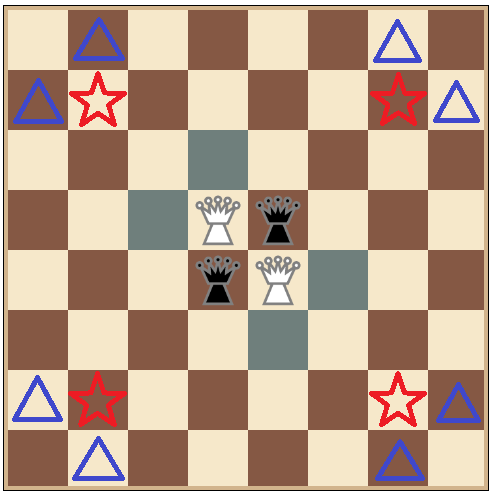
The figure below is the black turn, and if you put it on the red ☆ square, you can turn over 3 white stones, but immediately after that, you will be in trouble if you put white on the corner with the blue circle.

If you have other squares where you can place stones, you shouldn't choose the red ☆, even if you're likely to flip a lot of stones temporarily.
2.In the early stages, reduce your stones as much as possible
There is a technique called one stone return as an easy method.
If there is a square that can return only one opponent's stone, it is a tactic to dare to put it in the square that can return one.
Beginners will want to choose the one that can return a lot of stones, but if there are many stones in the early stages, there may be fewer places where the stones can get in the way.
In the figure below, black has more stones, but there is no place where black can be placed. If this happens, Black will have no choice but to pass, and after this, White will be able to proceed with the game as he wishes.
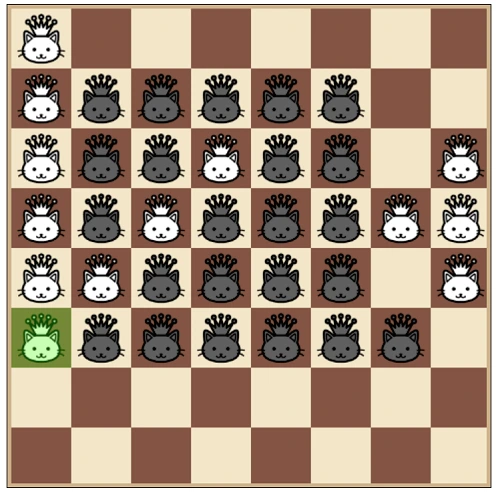
Of course, if you run out of your own stones, you will lose, so you need to be careful even if you reduce your own stones.
Returning one stone is not always the correct answer, but you can make it difficult for the opponent to proceed as you wish by just being aware of returning one stone at the beginning.
3.Where to put the stone at the end
In the early stages, I wrote that it is better to have fewer stones, but in the end I have to increase my stones.
Below is Black's turn in Black 28 vs White 34. It can be placed in two places, ① and ②. You can turn over 6 white stones for ① and 10 white stones for ②.
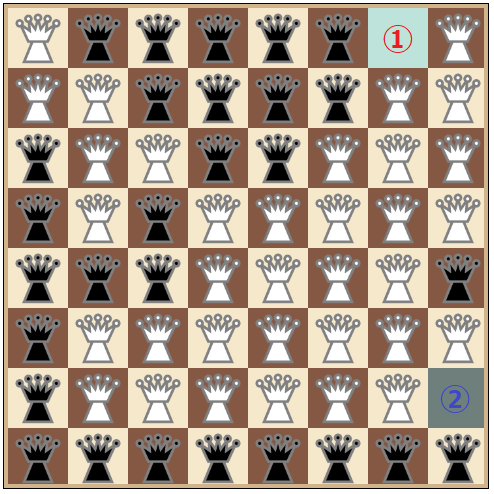
First of all, when I put it in ①, in the last white turn, two black stones were turned inside out, but black was able to win with 33 black vs. 31 white.
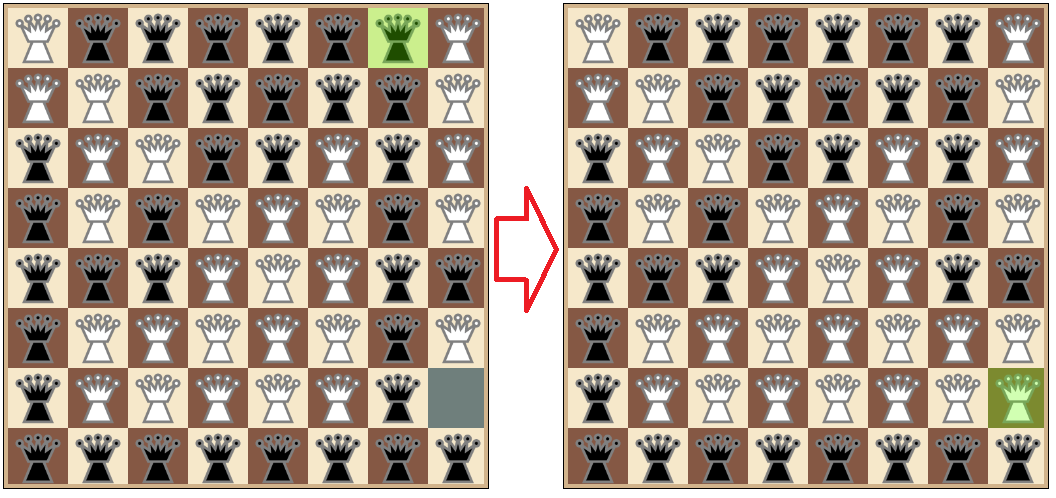
Next, when I put it in ②, when Black put it, it seemed that it was a big difference from Black 39 vs White 24, but with the last White's hand, 7 cards were turned over and it was a 32 to 32 draw. It has become.
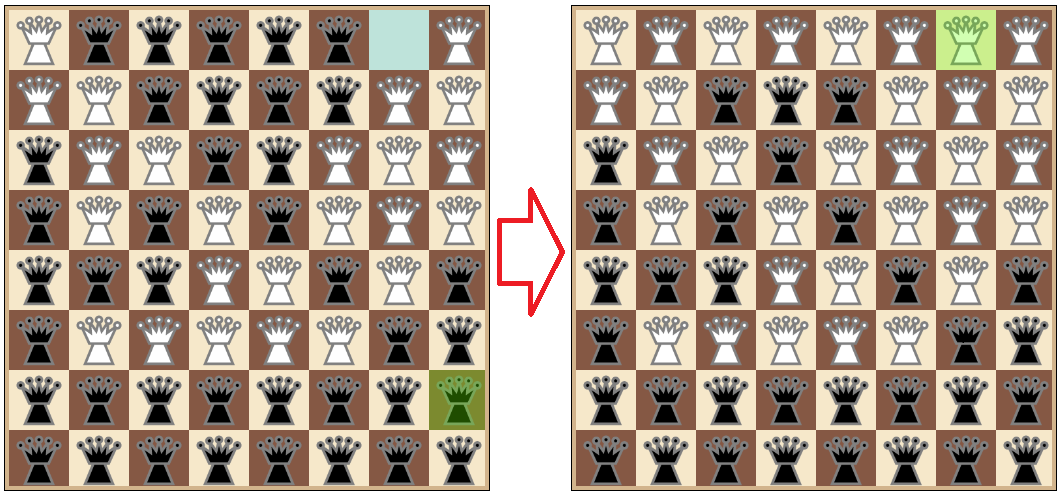
In this way, if you can think about it after the next opponent puts it, instead of simply choosing the one who can turn over a lot now, you can definitely increase the winning percentage.